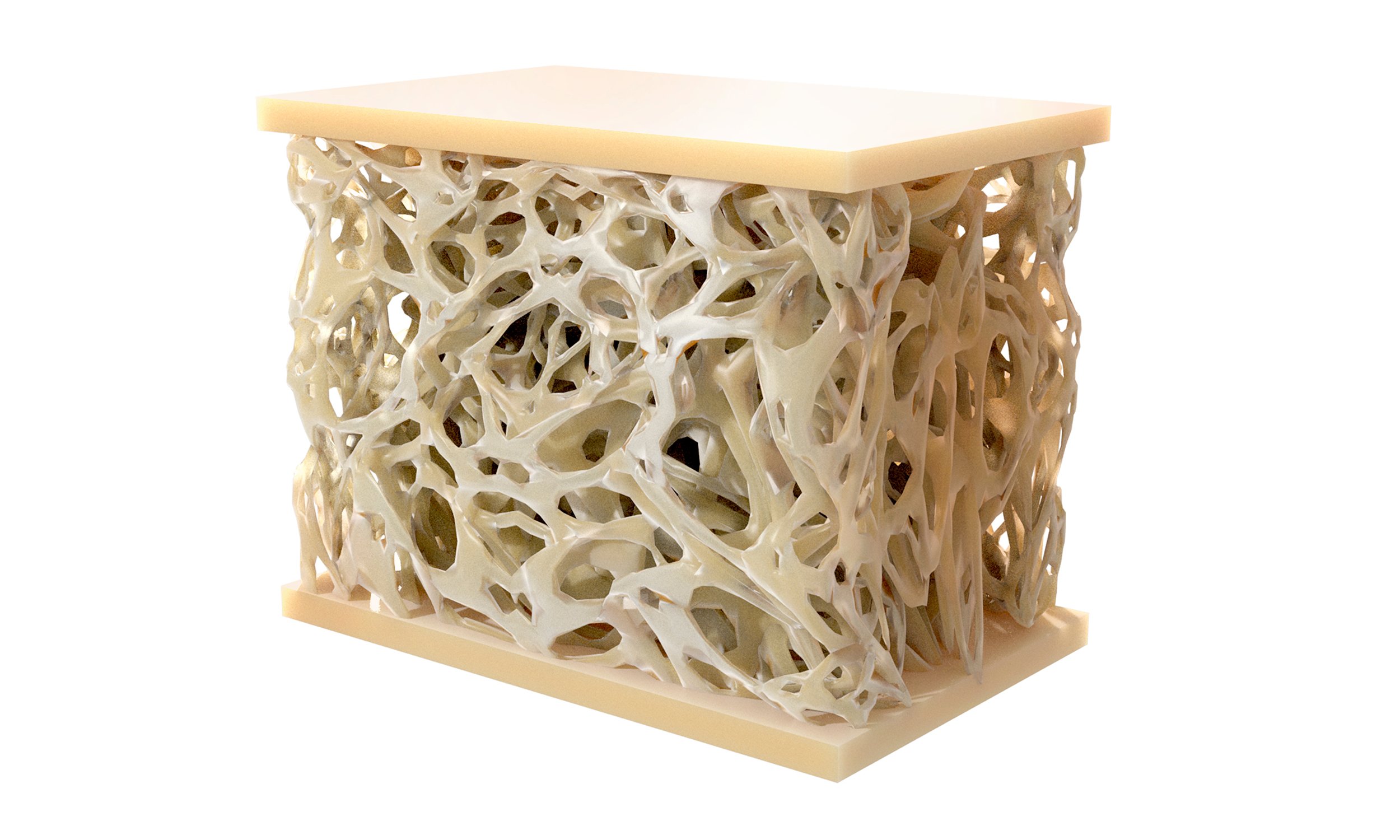
Synthetic Bone Grafting: An Overview of the Process, Terms, and Materials
Bone grafts help bones heal. Common cases that may require a bone graft include severe fractures, jaw reinforcement before dental implants, areas of missing bone due to disease such as cancer or bone infections, spinal fusion procedures, and artificial joint replacement surgeries.
Bone grafting is a dental, spinal, or orthopedic surgical procedure in which a bone replacement material is physically added to the area of missing bone. The goal of bone grafting is to have the patient’s own bone cells grow into the replacement material over time, eventually creating strong, healthy bone.

Fascinating Fun Facts About Shark Teeth!
Let’s just dive right into this next topic - pun intended!
As a graduate researcher working in a materials science lab aimed to characterize the mechanical properties of dental enamel, shark teeth were always fascinating to me. Unlike humans that go through phases of temporary deciduous teeth and permanent adult teeth, the growth and evolution of shark teeth is remarkably different.

Five Benefits You Need to Know About Himed’s MATRIX Color™ Anodizing!
Himed’s MATRIX Color™ is a fully automated color anodizing process which provides a complete range of colors for titanium implants and related components. This electrolytic finish results in a vibrant, aesthetically unique surface.

New Sensor Integrated Within Dental Implants Monitors Bone Health
Researchers at Beheshti University have developed a new sensor that can be integrated within dental implants to passively monitor bone growth. As reported in the IEEE Spectrum Magazine, the Ti-PEEK hybrid implantable does not require any battery and can measure changes to the surrounding electrical field following implantation.
